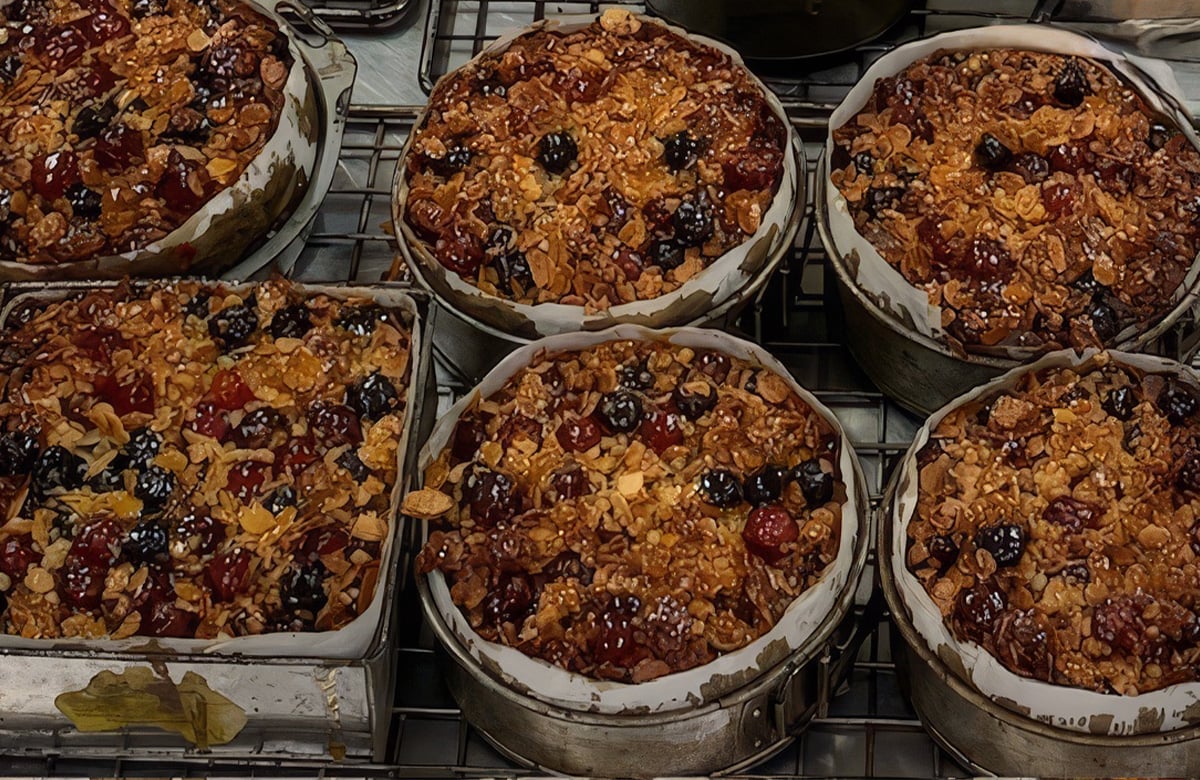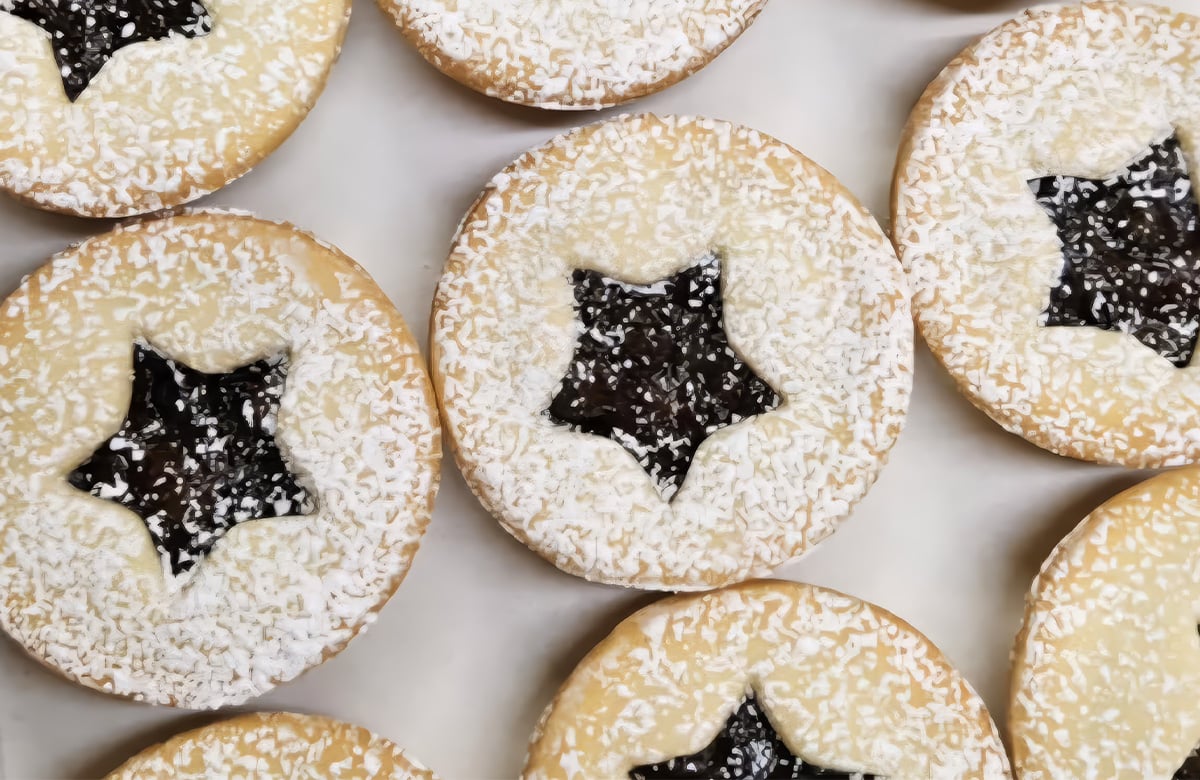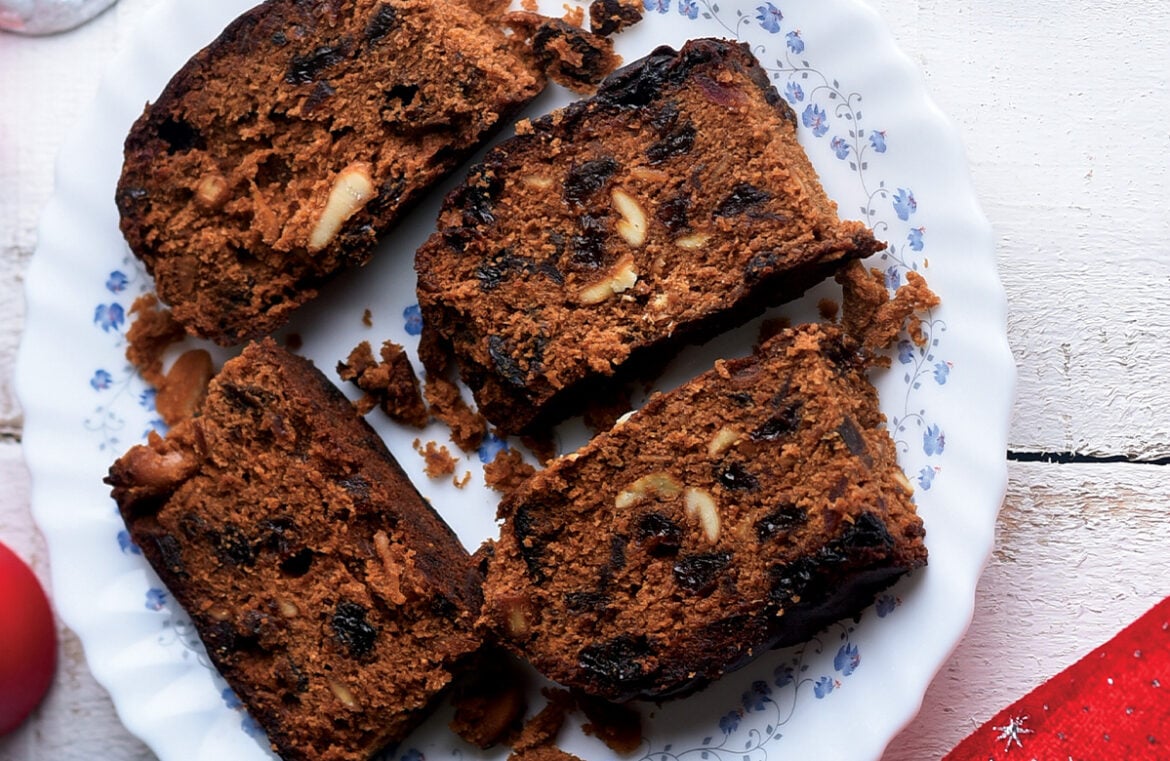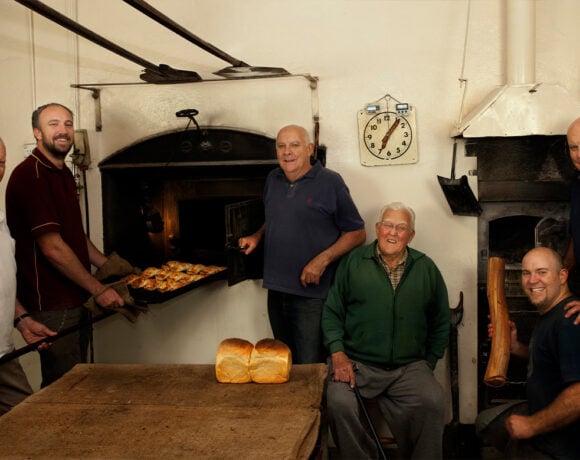With an origin story that stretches back to ancient times, the fruit cake has evolved over the centuries from being a gift to the gods – quite literally – to become a symbol of prosperity and celebration.
The fruit cake has long stood as a symbol of prosperity and celebration, and has made appearances in historical records from Ancient Mesopotamia to Egypt, China, Greece and Rome from as early as 3000BC.
These early incarnations were often described as long-lasting, dense, nut-filled cakes that had been sweetened with dried fruits, although they’re a far cry from the fruit cakes of today that we know and love.
It’s thought the Sumerians from Ancient Mesopotamia – modern day Iraq – were among the first bakers to begin experimenting with creating sweetened cakes. However, these were no ordinary cakes destined for the table but instead were created as offerings to the gods in an attempt to secure good harvests and rains.
This tradition continued through the rise of the Babylonian civilisation in the area who also incorporated the cakes into their religious rituals, as did Ancient Egyptian bakers. Just like in Mesopotamia, the Ancient Egyptians used these cakes as offerings, most commonly to the deities representing fertility, renewal and abundance.
The Ancient Greek fruit cake was best known as Plakous and was made from a mixture of grains including wheat and barley as well as honey, dried figs and raisins. Plakous were considered to vital to celebrations, weddings and religious festivals.
By 753BCE, a rich, dense cake known as satura had emerged in Ancient Rome, which was popular during the festival of Saturnalia – the celebration that marked the end of the agricultural year. Beyond this, satura soon found its way into many other religious ceremonies and celebrations and soon became considered a symbol of good luck and abundance. In Ancient China the Shang people (1600BCE-220CE) were said to believe the combination of the sweet and rich ingredients in fruit cake symbolised longevity, wealth and happiness.
Centuries later in Medieval Europe the fruit cake began to evolve once again, particularly as trade routes to the East solidified and spices like nutmeg, cinnamon and cloves as well as a wider variety of dried fruits began to be imported into Europe. The inclusion of these rare and expensive ingredients meant fruit cakes were elevated into being a way to show off your wealth and status.
However, the tradition of fruit cakes being a core element of celebrations – in particular weddings and Christmas – remained, as did the practice of preserving the cakes through soaking them in alcohol. This first emerged in medieval times as a way to ensure the cakes remained both moist and flavourful while also being long-lasting.

Hungie Fangs Artisan Bakery has won multiple awards for their fruit cake
Taking the cake
Hungie Fangs Artisan Bakery owners Damien Gow and Lina Galati are renowned for their fruit cakes – and have the trophies to prove it. Most recently the Victorian bakery took home the Professional Fruit Cake trophy at the 2025 Vanilla Slice Triumph competition.
Damien creates each of their fruit cakes from a family recipe that has been passed down through the generations, and said in order to create an outstanding product it really all comes down to the quality of the ingredients you’re using.
“At the end of the day it’s about using good quality ingredients. We only use four and five crown fruit, and we source Australian fruits as well. You can’t beat them. Then there’s good quality spices,” Damien said.
“The real key is to make sure you soak your fruit. That’s the key to a really nice, moist fruit cake. Other than that, it just takes a bit of patience and love really.”
Damien said he had found bakers were often deterred from adding fruit cakes to their bakery range due to the sheer length of time required to make them. However, he said, it was important to note the long production time was not matched by high difficulty.
“It does take quite a length of time to make for one simple reason – you have to leave your fruit on the floor, soaking,” he said.
“[But] it’s one of the easiest things you can make.”
Matt Aylett from North End Bakehouse, who won the Professional Festive Fruit Cake and Plum Pudding categories at the Vanilla Slice Triumph competition, agreed with Damien, adding that despite these being such a traditional product there’s actually a huge scope for individual creative expression.
“The sky is the limit on creativity… and there’s not too much to avoid other than not trying to overcomplicate them,” he said, adding there is just one caveat.
“But traditional look and flavour is what people are after.”
Like Hungie Fangs Artisan Bakery, Matt said he and the North End Bakehouse team began their fruit cake baking process by sourcing top quality fruits that were then soaked in a perfect blend – including rum – for 48 hours.
He also noted that at their heart the basics of a plum pudding and fruit cake were also remarkably similar, and varied only by the method of baking. A plum pudding is typically steamed while fruit cake is baked.
“Both give you a moist, fruity cake that can be enjoyed with butter or custard,” he said.

CJ’s Bakery’s fruit mince pies
Branching out
A close relative to the fruit cake is the fruit mince pie, which has become a Christmas icon.
This festive treat also dates back to Medieval times, when crusaders brought back sweet and savoury varieties to Europe from the Middle East.
A recipe dating to 1390 for a pie that was full of spices and meat has been found that dictates pork should be ground up before being added to hard-boiled eggs and cheese. This was then mixed with spices, saffron and sugar. According to the BBC, another recipe appeared in Gervase Markham’s The English Huswife, which was published in 1615, that included an entire leg of mutton and three pounds of suet as well as last, cloves, mace, currants, raisins, prunes, dates and orange peel.
It’s a far cry from the sweet, finger-sized treat wrapped in pastry that we know today.
South Australian baking institution CJ’s Bakery has long been known for their fruit mince pies. It was in 2013 that the bakery realised they had created something special after a surprise competition win.
Owner and head baker Andrew Sutton said since then they had made small, considered improvements each Christmas season in pursuit of perfection.
“In the early days we used a premade frozen shell with a hand-cut lid. Over the years we have refined our process, moving to hand-pressed shells and eventually to hand-cut shells in 2017. That same year we introduced a new pie tin for a more modern finish, and we were honoured to take first place at the Royal Adelaide Show,” Andrew said.
“At the heart of our pies is a commitment to quality ingredients, including premium Australian dried vine fruits, and the time needed for flavours to properly infuse and mature. The result is a beautifully balanced, high quality fruit mince pie.”







COMMENTS